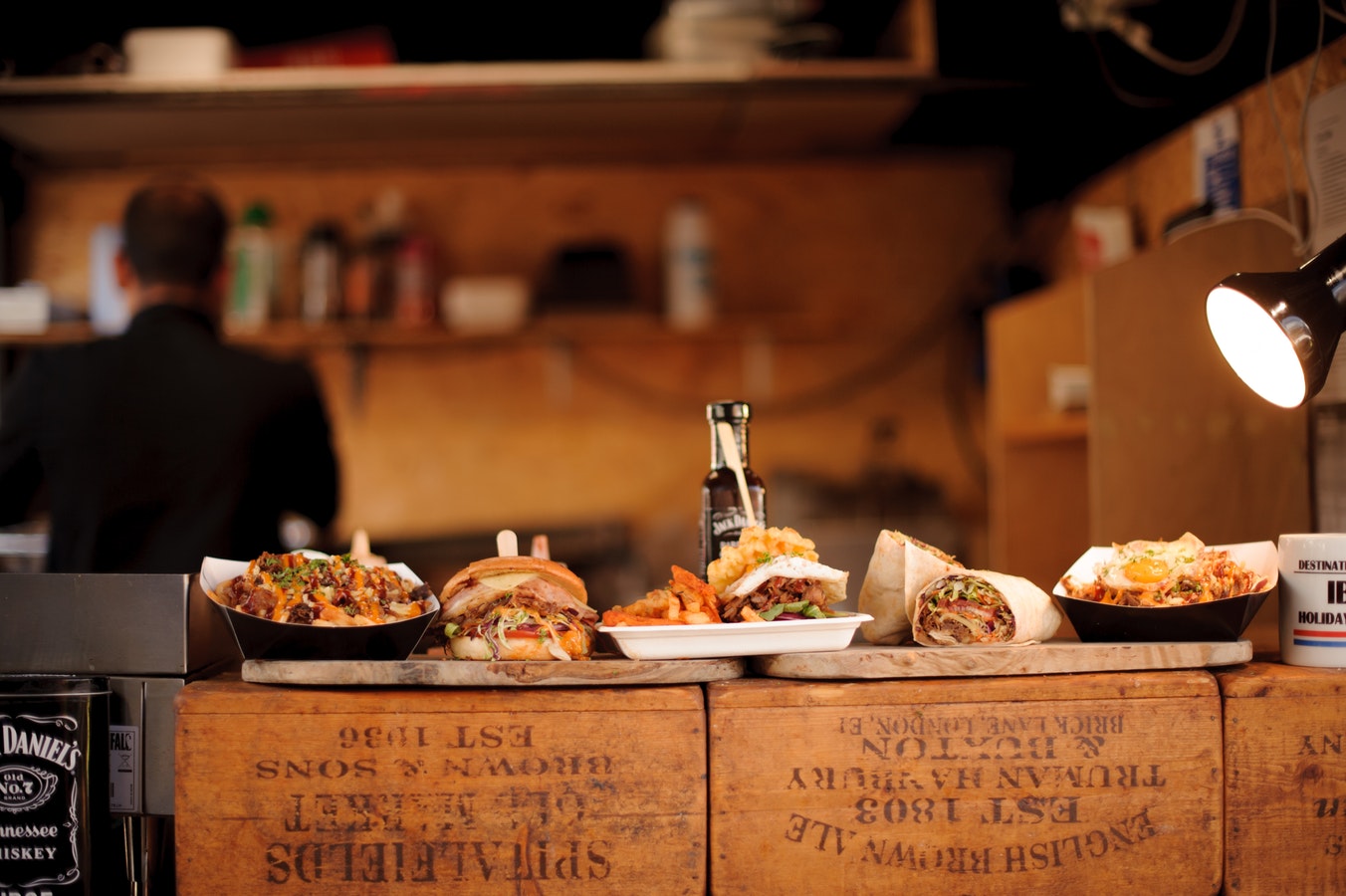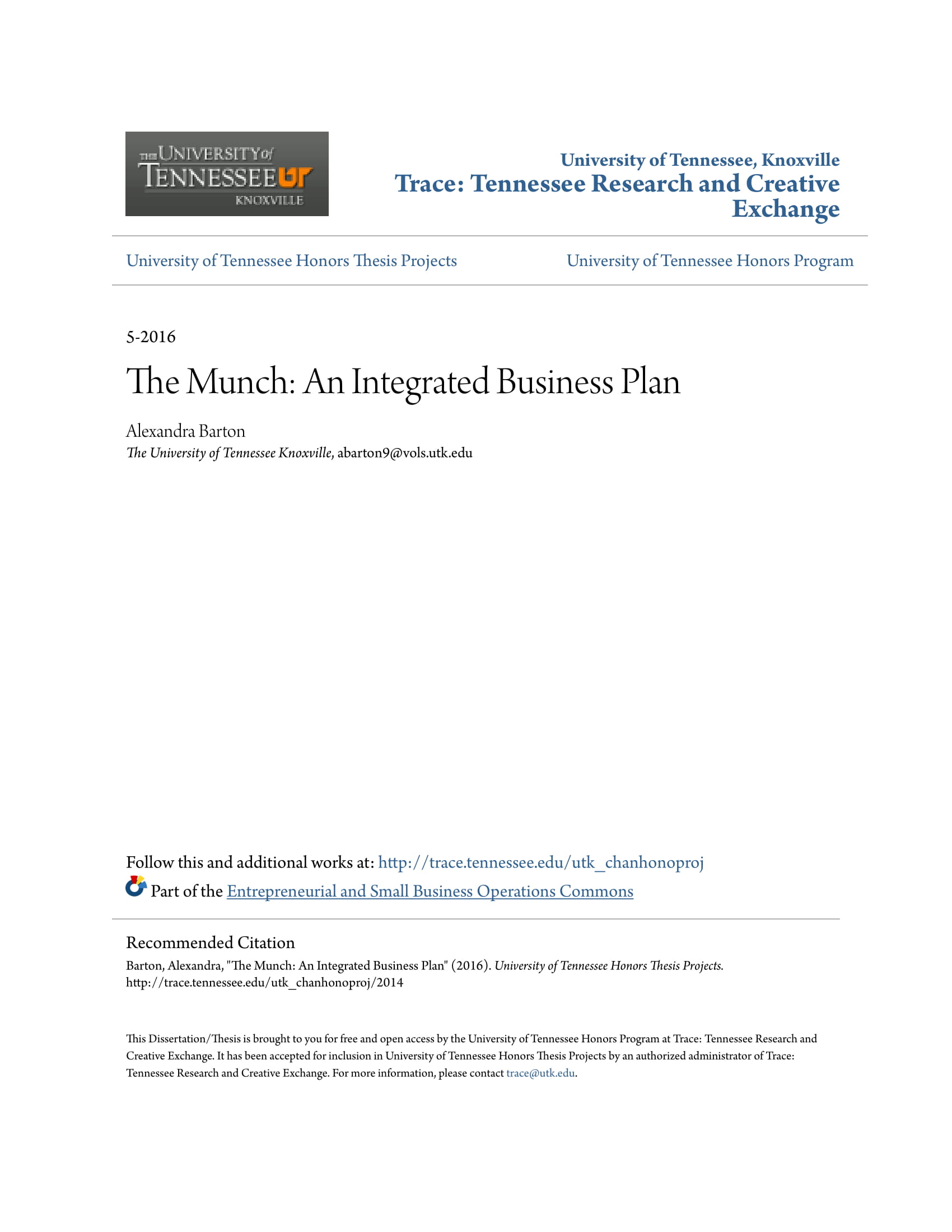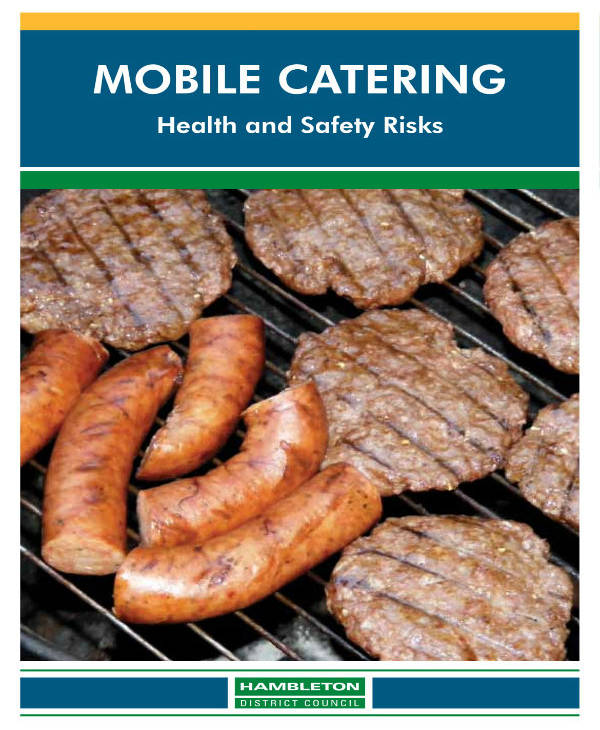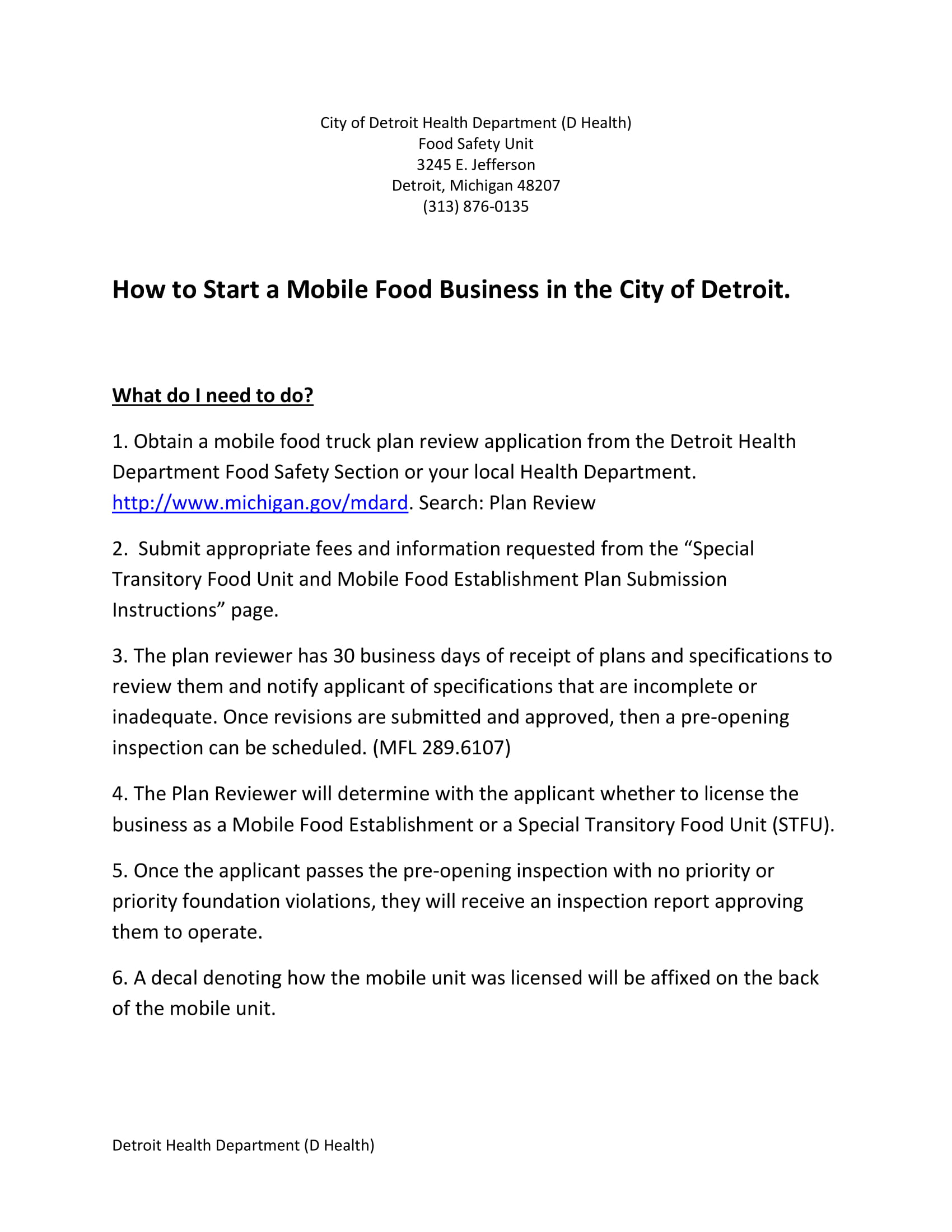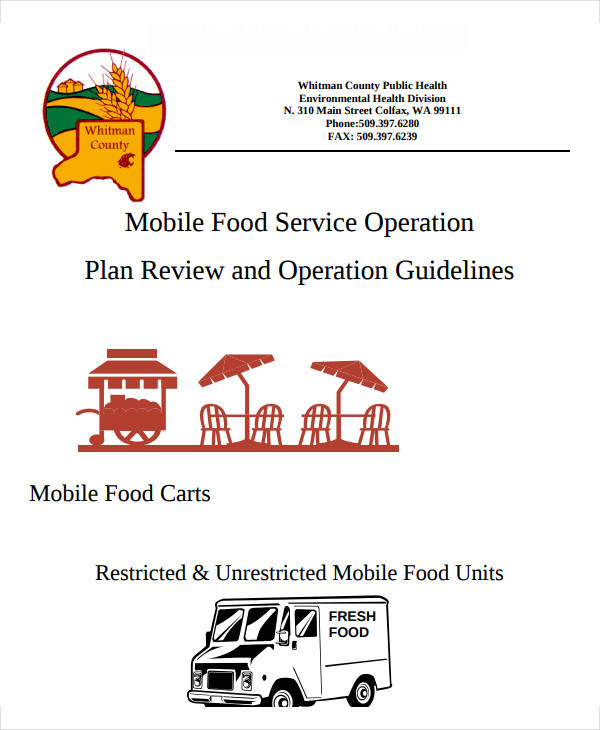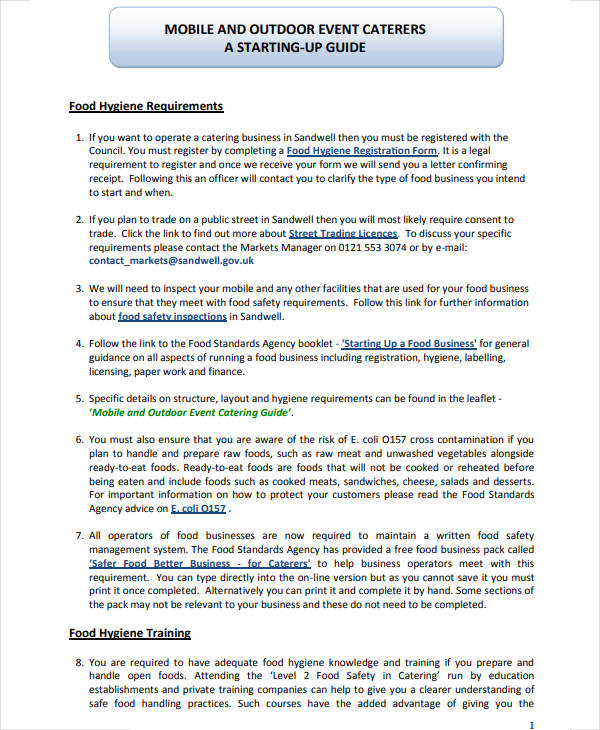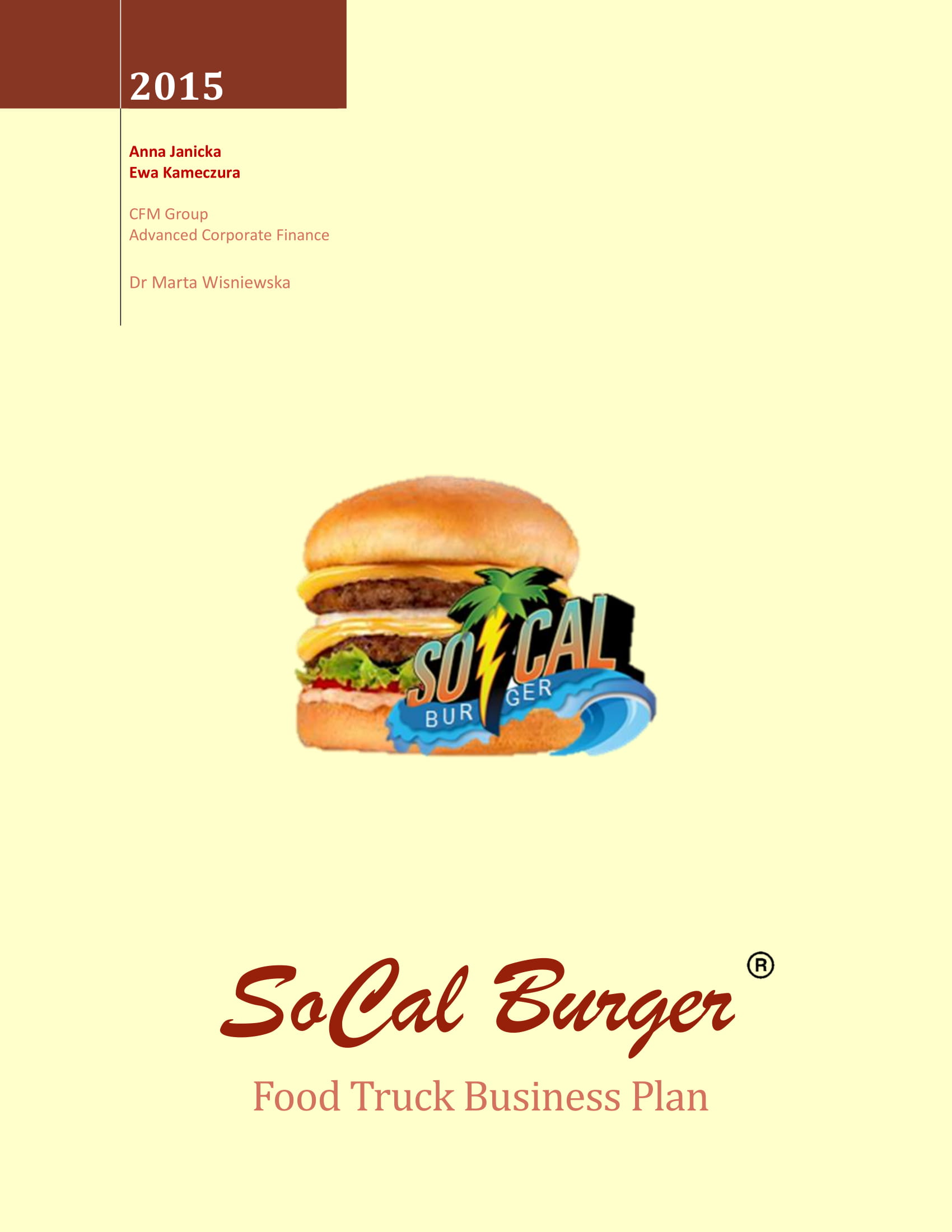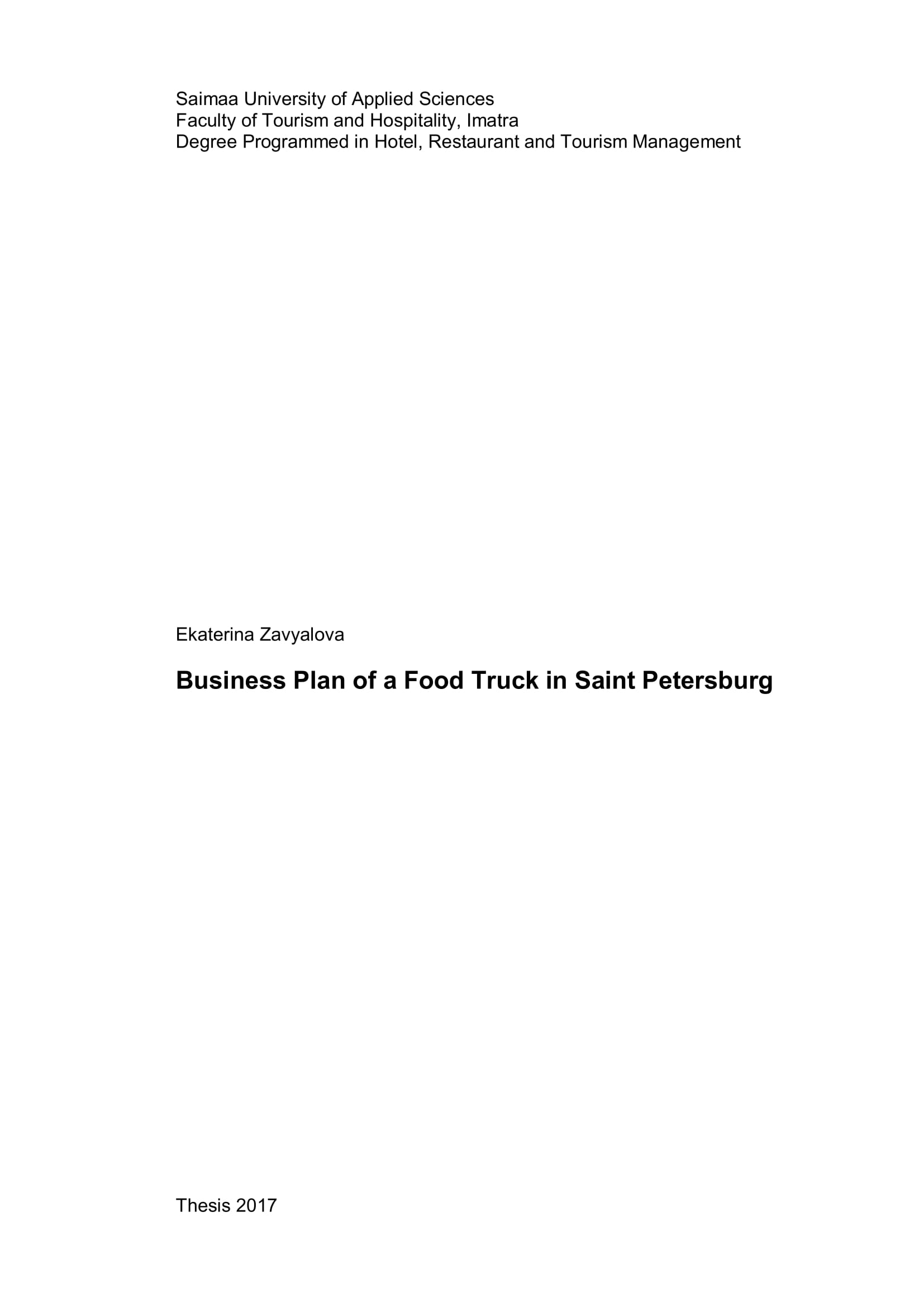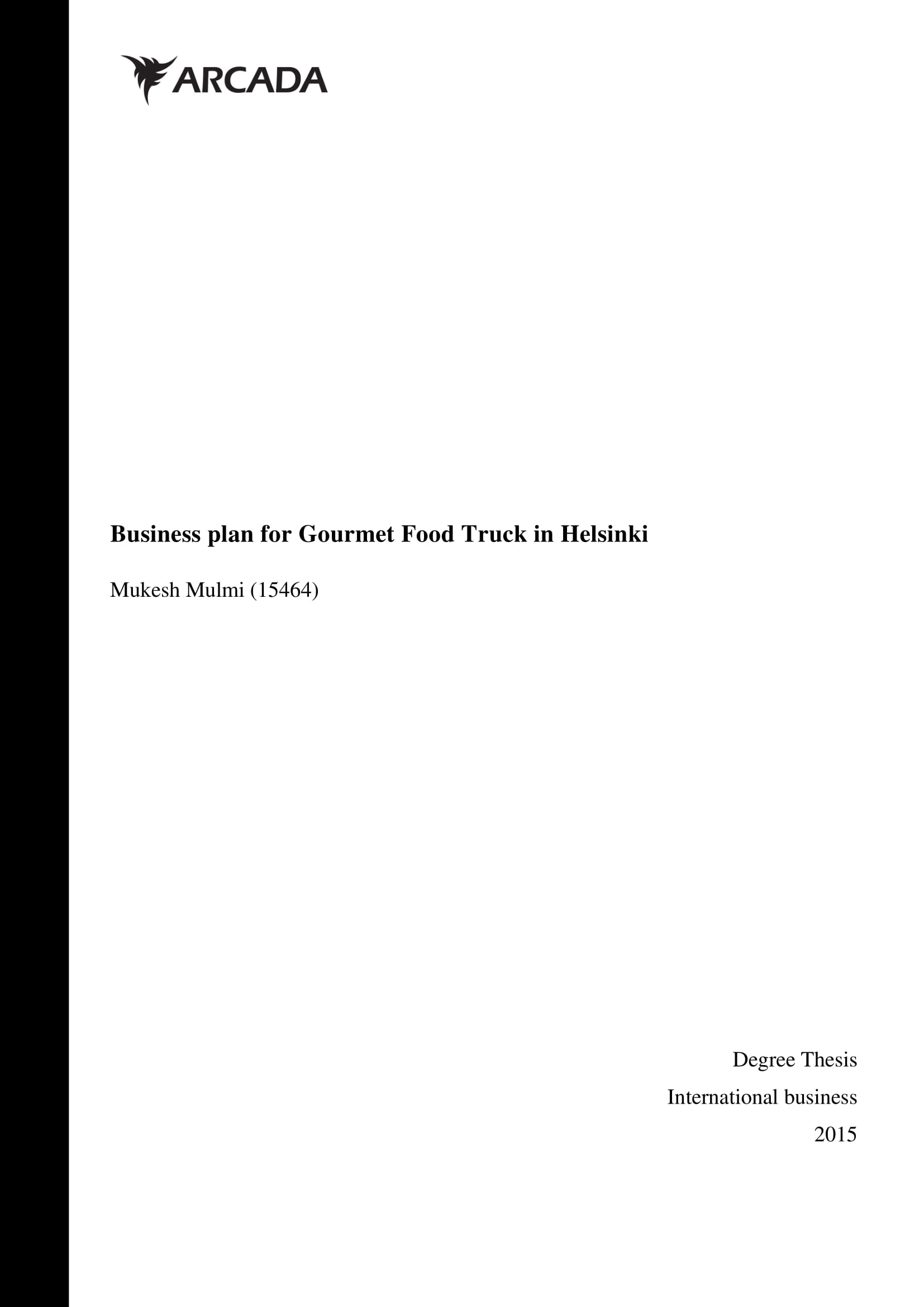Mobile Catering Business Plan
The food and beverage industry is a booming business where many successful entrepreneurs thrive. Besides the usual sit-down restaurants and retro-inspired diners, another popular trend has made a lasting mark in the field, which is none other than everyone’s favorite mobile catering. Launching a mobile catering business—be it a food cart, truck, van, or trailer—can be a unique and rewarding business venture for any entrepreneur. You may also see importance of business plan.
Catering Business Plan Example
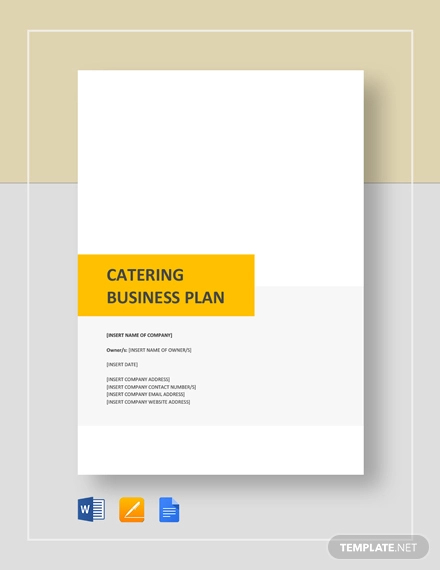
Mobile Catering Business Plan Example
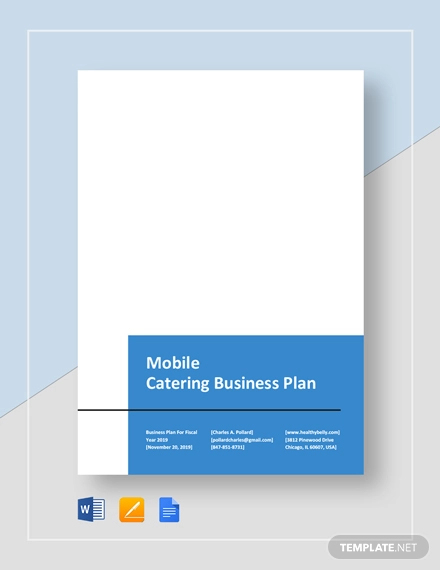
Yet, it can also be a highly challenging process with its own distinctive set of considerations that business owners must take into account before they can officially launch. Like any other endeavor, there’s a lot to take in, and it can often be a bit overwhelming. This is why having a well-defined catering business plan in place is vital to the company’s success.
Integrated Mobile Catering Business Plan Example
Mobile Catering Business Plan Guidelines Example
Mobile Catering Business Plan Regulations Example
Types of Mobile Catering Businesses
Hot dog stands. Ice cream trucks. Mexican food vans. Breakfast trailers. You name it, and you can find them just about anywhere!
Mobile catering is a type of business that involves selling food and/or beverage items from some sort of vehicle. Unlike the traditional street-side restaurants we’re accustomed to, most mobile catering businesses do not have a permanent service location.
Most of these businesses park around busy streets, concert arenas, sports stadiums, schools, parks, or any venue that generates the most traffic. And since the whole point of this type of catering is to transport goods to different consumer bases, having a good vehicle to make your rounds is beneficial in a lot of ways. You may also see annual plan examples.
Here are some of the most common types of mobile catering vehicles that businesses invest on:
1. Food Trucks
Food trucks are considered to be the most preferable vehicle choice of most vendors in the mobile catering industry. This has a lot to do with their wide range of sizes and mobility.
A food truck is to be defined to be a licensed, motorized mobile food unit used to sell a company’s offered items to the general public. The whole concept of a food truck usually varies from city to city. In some places, you can find food trucks with heating units attached to the back of a pickup truck. You may also like company plan examples.
But in other areas, a food truck is basically a delivery truck with a built-in mobile kitchen. These trucks typically carry fully functional kitchens that are specially regulated like any other commercial kitchen. These food trucks are also required to meet certain standards to ensure that the customized vehicle is safe to travel with in between uses. You may also check out how to make a business plan.
The great thing about food trucks is that it’s far more mobile compared to an average food cart or trailer. Drivers can also settle in parking spaces designated for one or two cars, which can be convenient along street-side locations.
2. Food Carts
If you don’t have the money to invest on a food truck, or if you think the size of the vehicle is too large for your own liking, then you could opt for a food cart instead.
Food carts are different from food trucks not just in size, but because of how they do not travel under their own power. These carts are usually towed by another vehicle and are dropped off at a particular location for the time they’re permitted, which can last for a few years or so. You might be interested in catering receipt examples.
Take note that the capacity of a food cart are also limited due to its size. Cooking equipment, ingredients, and other stocks may be difficult to store alongside staff members inside the vehicle. While being smaller in size does have its downsides, if you look at it from a different perspective, it also carries several advantages in terms of cost-effective alternatives. You may also see catering invoice examples.
With less space, powering your cart would require lower costs in propane and electricity. Having a lower power head to operate gives you the opportunity to maintain a lower price range than that of competing mobile businesses.
3. Food Trailers
Similar to food carts, food trailers also require a drive-train system to tow them around. You might have heard about people camping or living in trailer houses, so you can just imagine the amount of space that vendors can maximize inside the vehicle. The size of the trailer allows business owners to install much larger kitchens and storage equipment to cater to a much larger crowd. You may also like examples of catering logo designs.
However, the size and limited mobile capacity of a trailer has its disadvantages as well. Most cities do not allow trailers to park on public streets, which means that owners must only station their vehicle in a static location, or even limit its services toward serving customers at large events, such as music festivals and sports arenas. You may also check out strategic plan examples.
4. Bustaurant
Every heard of a restaurant in a bus?
If you’ve tried eating at a food truck before and thought it was a unique dining experience to remember, then you’re sure to enjoy eating at the newest craze of mobile food catering: the bustaurant.
Rather than standing at a curb to order and eat your food or beverage meals, customers of these eateries are given the option to step on board and eat their meals at special dining tables built inside the bus.
Although the state-of-the-art designs and kitchen equipment is a fresh concept that appeals to many consumers, city ordinances still prohibit kitchen operations to push through while the vehicle is moving. This is to avoid fatal kitchen injuries or accidents from occurring. You might be interested in business plan guidelines examples.
Hence, most of the food served at the restaurant are either prepared off-site or while the bus is parked at a designated location.
Mobile Catering Business Plan Template
Mobile Food Catering Business Plan Example
Printable Mobile Catering Business Plan Example
Professional Mobile Catering Business Plan Example
Advantages of the Mobile Catering Business
Is mobile catering really for you?
You may be on the fence with your decision, especially when mobile catering seems like a risky business to invest your capital on. To help you figure out a wiser choice, here are some reasons why the mobile catering business is a good option:
1. Maneuverability
Unlike the average brick-and-mortar businesses you find along the streets and inside of shopping centers or malls, mobile catering covers a wider audience from different demographics. It’s the best solution if you need to get around to different sites or event locations within the day. You may also see how to create a business plan?
There could be a minor league playing at the local ball park from 10 a.m. to 2 p.m., and a huge rock concert held at Madison Square Garden from 6 p.m. to 2 a.m. In both occasions, you can expect a lot of hungry event-goers hoping to grab a bite from a food stand serving affordable delights.
2. Speed
Operating a mobile catering business is so easy! You drive up a designated location, park, open the hatch of your van or truck, and start serving customers. It’s the quickest and easiest restaurant unit to operate from, leaving you with enough time to do other things as well. You may also like hotel business plan examples.
3. More Opportunities
With the right vehicle unit and mobile vehicle design, grabbing a slot at crowded events would be a lot easier. Visually appealing units often attract more customers thanks to its exterior design.
This is a perfect touch for Instagram-worthy events such as outdoor music festivals and town fares where aesthetics are everything. Some people might not even care about the type of food you serve, as long as they could take a good photo with your van and food items. The amount of exposure generated from these events is also a great form of brand marketing.
4. More Profit
The more work you get, the more profit you receive. These days, a converted vintage van is already considered as a fashion statement that can attract many buyers to your business.
Drawing more people to your mobile business would also raise the demand on your goods. Although most restaurants tend to increase their product prices once they have established a name for themselves, don’t be too quick to jump in on the bandwagon. Price hikes may possibly destroy the reputation of a business among former and current customers.You may also check out market analysis business plan examples.
5. Good Investment
Perhaps your uncle or grandfather owns a vintage van that he doesn’t use anymore. Rather than waiting for the van to rot in your garage and have it sold to the junk shop, converting the van into a mobile catering vehicle is a great investment. You can remodel the whole vehicle and keep some of its key features for a more classic vibe. It’s also a good business opportunity if you feel like leaving the 9-to-5 cycle of a corporate slave. You might be interested in risk plan examples.
Short Mobile Catering Business Plan Example
Simple Mobile Catering Business Plan Example
Standard Mobile Catering Business Plan Example
How to Launch a Mobile Catering Business
While the thought of operating a mobile catering business can be enticing, the initial process of running a successful catering company demands careful and precise planning on every aspect of the business.
That being said, here are some useful tips to get you started:
1. Prepare a business plan.
Before you begin, no matter how sure you are about your decisions, always remember the value of planning.
A comprehensive business plan serves as your road map to success. It should define your company goals, target audience, and market competitors in a clear and concise manner. The outline of your plan must contain everything from your initial start-up budget to your yearly sales as well.
2. Secure legal permits and licenses.
City ordinances and laws will limit the scope of your proposed plans, which is why you need to have these identified and settled before your launch. To do so, research applicable laws in your area regarding food and alcohol distribution, as well as trailer regulations in terms of equipment and catering sites. You would also need to have the necessary licenses and the right insurance in place to operate your business. You may also see how to do market analysis of a business plan.
3. Set your price list.
Once you have decided on your catering menu, you may want to consult your financial adviser about food markup rates and employee pay. Discuss the types of food you plan to serve, the costs needed to produce that food, and the amount you need to charge in order to make a profit. Remember to have a clear pricing with the inclusion of VAT as per legal regulations.
4. Purchase a transport vehicle and other equipment.
Decide on the type of vehicle you wish to use for your catering business. This will help you determine an efficient layout on the vehicle’s interior and exterior arrangements, along with the equipment and health and safety features that come with it. You do have the option to convert a new or used unit for your vehicle, as long as it meets the legal standards. You may also like business operational plan examples.
5. Hire a staff.
You don’t need a lot of people to manage your daily operations, as a total of two to four staff members would be enough, depending on the number of people that could fit into the van or truck.
6. Look for food suppliers.
If you want to save money and ensure that your customers are served with fresh and high-quality produce at all times, building a relationship with an affordable, yet reliable, food supplier is crucial. Many suppliers offer great discounts for bulk orders, the kind of deals you won’t find at grocery stores or even the farmer’s market. You may also check out business plan outline with examples.
7. Market your business.
The right location plays a huge factor in the success of your business. But considering how fierce the competition can be, you might want to start handing out restaurant flyers and food coupons to draw in customers. You could also develop a website and a social media profile to reach out to a wider audience.
From simple street food to haute cuisine, the mobile catering business covers a wide variety of food and beverage specialties to cater to food-lovers and hungry customers everywhere. So whether you plan on opening an ice cream van, a taco truck, or a mobile hot dog cart around your neighborhood, you should always have a good catering company business plan in place to ensure the success of your new venture.


